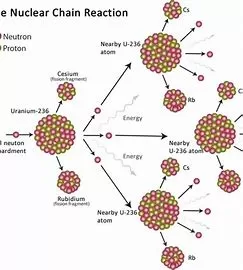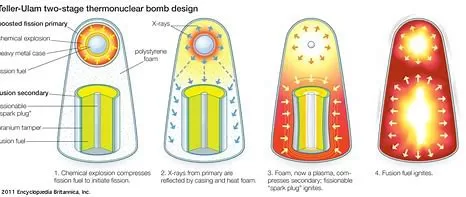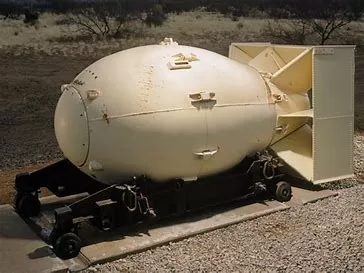With nuclear war the closest it has seemed since the entirety of the Cold War, let’s dive into the science behind what makes nuclear weapons so devastating.
Read more: Understanding the Mechanism of Nuclear WeaponsNuclear weapons have been a topic of both fascination and dread since their inception. These powerful devices harness the fundamental forces of the universe to unleash devastating energy. Understanding how nuclear weapons work might not provide you with the sure fire defense to them. But instead it will give a sense of awe and wonder at human kinds’ ability to discover new ways to kill each other. We are going to delve into the intricate mechanics of nuclear weapons, shedding light on the scientific principles that underpin their awe-inspiring power.
The Sheer Basics
At the heart of every nuclear weapon lies the principles of nuclear physics. Atoms, the building blocks of matter, consist of a nucleus of protons and neutrons, surrounded by electrons. Nuclear weapons exploit the immense energy released during nuclear reactions, specifically nuclear fission and fusion.
Fission: Tearing of atoms

Nuclear fission involves the splitting of a heavy nucleus, such as uranium-235 or plutonium-239, into smaller fragments. When a neutron collides with the nucleus of a fissile material, it becomes unstable and splits, releasing an enormous amount of energy in the form of heat, light, and radiation. This chain reaction, in which one fission event triggers multiple subsequent fissions, leads to a rapid release of energy, creating a devastating explosion.
Fusion: It’s what the stars do
Nuclear fusion, the process that powers the sun, involves the merging of light atomic nuclei, like hydrogen isotopes, to form a heavier nucleus, releasing vast amounts of energy in the process. While fusion is the mechanism behind hydrogen bombs, achieving and sustaining the extreme temperature and pressure conditions necessary for fusion reactions on Earth are incredibly challenging, making fusion-based weapons more complex to design and build.
The modern two stage approach

Many modern nuclear weapons use a two-stage design, combining elements of both fission and fusion. In this design, the initial fission explosion acts as a trigger to compress and heat a fusion fuel, typically a mixture of isotopes of hydrogen, initiating a secondary fusion reaction. This fusion stage releases a tremendous amount of energy, greatly amplifying the overall explosive yield of the weapon.
The inner workings
To achieve the desired explosive effect, precise timing and precision engineering are essential. Detonation mechanisms, such as implosion devices or gun-type assemblies, are employed to ensure that the fissile material reaches the critical mass required for a nuclear explosion. Modern weapons also incorporate advanced safety mechanisms to prevent accidental detonation.




